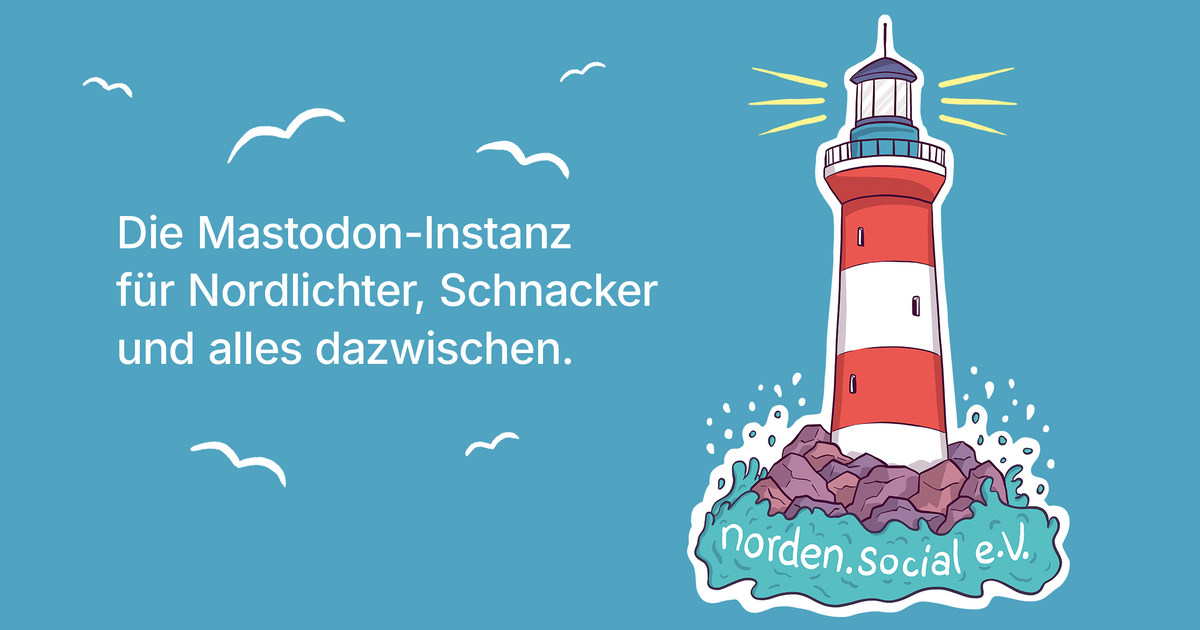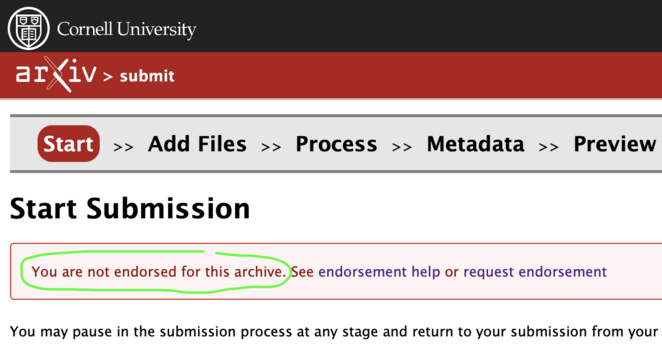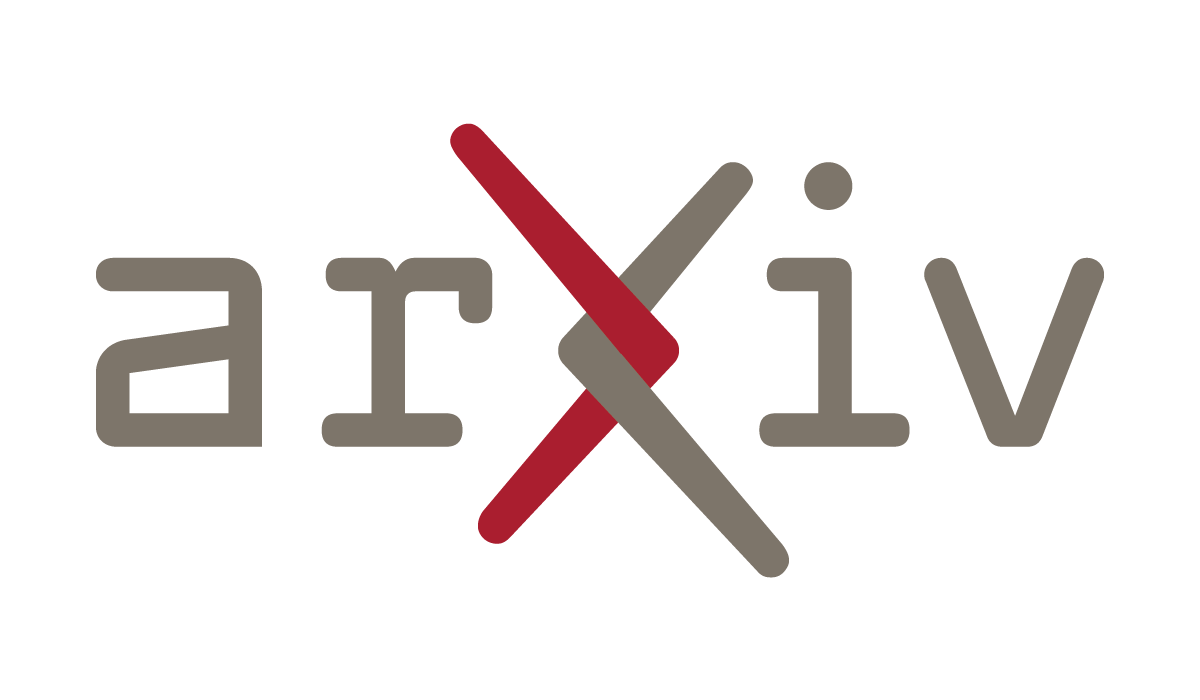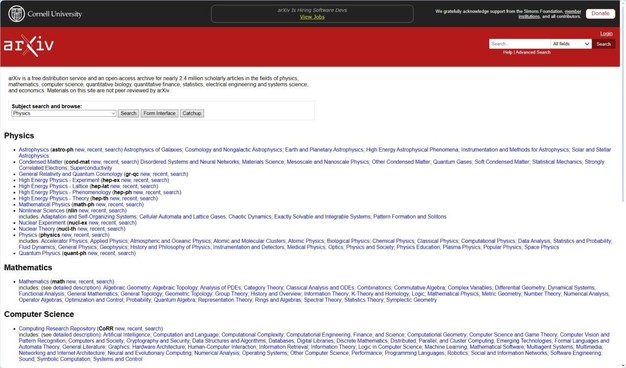Inside #arXiv—Most Transformative Platform in All of #Science
Modern science wouldn’t exist without the online research repository known as arXiv. Three decades in, its creator still can’t let it go.
Nearly 35 years ago, Ginsparg a physics professor at Cornell and a certified MacArthur genius, created arXiv, a digital repository where researchers could share their latest findings—before those findings had been systematically reviewed or verified.
https://www.wired.com/story/inside-arxiv-most-transformative-code-science/
https://archive.ph/G3IyG







